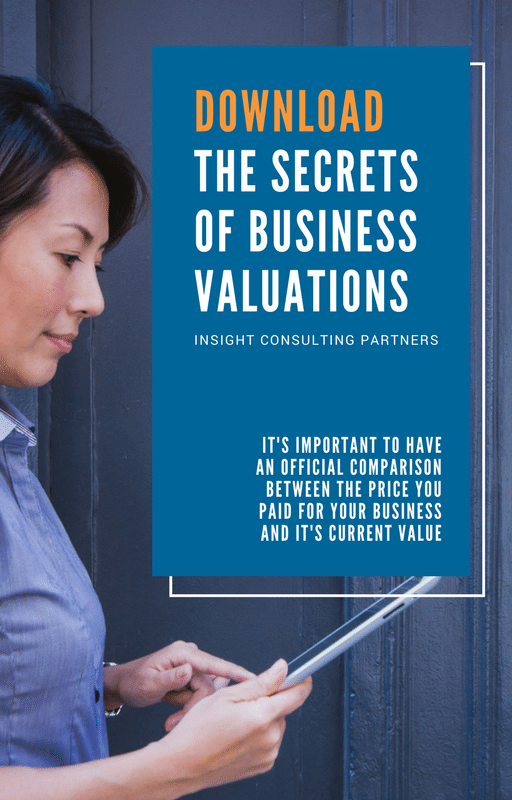Over the next decade, as the baby boomer bubble of small and medium-sized business owners roll through the system, Australia will experience one of the largest transfers of business wealth in its history.
Succession planning is more important than ever. Not just because of the transfer of wealth, but because of the polarising impact of high supply and low demand on the saleable value of a business.
Australia is expected to see the retirement age of baby boomers peak over the coming decade. The basics of the law of supply and demand suggest that as supply increases, prices will be driven downwards.
For SMEs however, there is a much greater probability we will see a dramatic polarisation in the price of SMEs for sale. High-quality businesses command premium prices while low-quality businesses will be highly price-sensitive and, in some cases, unsaleable.
If your children are not offering you a retirement strategy, selling your business can be difficult if there are no obvious competitors or complimentary businesses knocking on your door for your market share or unique offering.
Forward planning for succession is a critical issue for SME owners who want to exit their business over the coming decade. This planning, with an adequate timeframe, allows you to actively enhance the value of your business.
Most business owners have a view of what their business might be worth and the factors that influence business value. The key question then is, what do you need to focus on to enhance business value for a potential buyer?
There are four key areas of business value: growth, capacity, profitability and risk.
- Growth – buyers will generally pay a premium for a built-in level of growth. Growth, if well managed, will produce increased profits. So, a potential buyer knows that the revenue stream they are purchasing with the business comes with a growth increment. Not only does this growth factor offer future profit increments it also insulates the business against the ‘what if’ factor. Any major change in a business causes a disconnect and these disconnect events can impact revenues and profits. Built-in growth offers some protection against this.
- Capacity – provides for both the present and capability to facilitate growth in the future. Areas, where capacity needs to exist, include infrastructure, systems capability, and management capability. Systems and management are often the areas given the least amount of focus, yet they are the very areas where value can be leveraged and enhanced the most. One of the reasons why franchises command price premiums is because they offer a level of systems and management. These same factors can be built into any business.
- Profitability – a history of profits and strong cashflows are normally the two greatest influences on SME business value. When assessing your profitability, you need to compare yourself at two levels. First, compare your performance against the top quartile of your industry sector. Top quartile businesses always attract higher valuations. Then, look outside your own business sector. Measure your Return on Investment (ROI). Buyers of your business will not only be comparing you with your industry. They may be looking for investment return more than they are looking for a specific business. So, in a potential sale, you may be competing with a business from another industry to secure your buyer. You should be looking for a ROI in excess of 25%.
- Risk Management – business owners are becoming more sensitive to risk. Strong corporate governance and risk management policies will enhance business value. Buyers will be looking for a history of compliance and a risk management culture. Risk management can include the existence of current employment contracts, operating licences, customer and supplier agreements and OH&S procedures.
These four areas will normally be high on the business value hierarchy and the areas where change can most significantly impact business value.
If business succession is on your agenda, you need to assess your business under these criteria. Where your performance or position is below what it needs to be, you can identify the issues that you need to focus on to change your business value.
This process may not simply mean the difference between an ordinary sale price and a good price. It may be the difference between a sale that releases your business capital or no sale at all.
To discuss your options in more detail, please call 08 6315 2755 or you can email your queries and information to enquiries@wabusinessvaluations.com.au.
Learn more about business values from business.gov.au.

